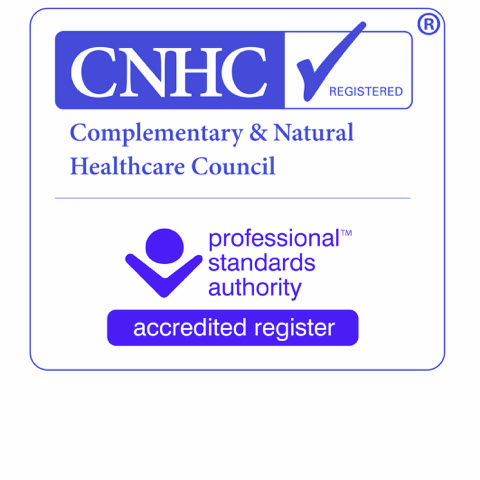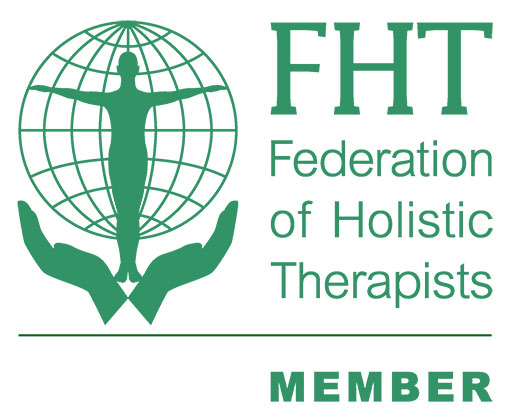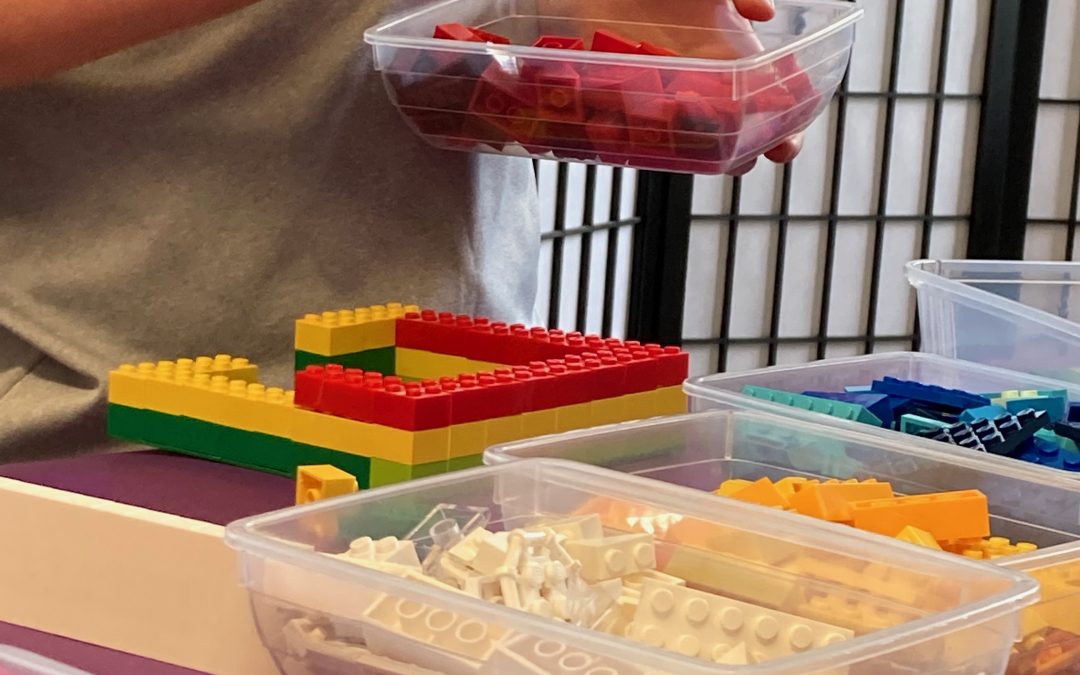‘Leg godt in Danish means play well’ – Lego Therapy
So why I am writing a blog about Danish phrases I hear you ask. Well I am a massive Lego fan and recently I took some time out from my hands on therapies and took part in some training to become an accredited Lego therapist – Yes this is a real thing and a dream job – any excuse for me to play with Lego.
The name Lego came from the Danish words of ‘Leg godt’ which translates to mean play well, which is what happens when you have Lego you can either follow the kit instructions or use the bricks to create your own masterpiece and let your imagine take over
So how does Lego therapy work and how did it come around?
This form of therapy was developed by Dr Daniel B. LeGoff who is a Paediatric neuropsychologist based in America. It initially came about when two of Dr LeGoff’s patients who were both 8 years old and had been diagnosed with Asperger’s Syndrome came to his practice. They boys did not know each other and had now shown any interest in each other on previous visits and had very little social interaction with others, however, on this one day they had both brought lego with them to their appointments. As one boy was leaving the other arrived for their appointments and in the waiting room they started to interact with each other using the lego. This is where Lego therapy was born.
Lego Therapy can work for anyone or any age by using the Duplo bricks from 18 months up to the standard Lego bricks. All sessions can be adapted to the needs of the group.
This form of therapy is a great tool to use with children and adults who find social interaction and communication difficult as well as:
- Communication and Language
- Social skills such as how to make friends
- Expressing how they feel
- Problem solving activities
- Sticking to a task and concentrating on it
- Team work
- Fine motor skills
- Understanding and following directions
By taking part in Lego Therapy the participants can help to develop skills such as:
- How to communicate with others effectively
- Ways to help improve social skills
- How to solve problems using a range of strategies
- How to identify and discuss how they are feeling
- Helps to improve fine motor skills
- How to work as part of a team
- How to develop their spatial, visual & analytical skills
- Become more resilient if things don’t go the way they want first time
Alyson Thomsen a former teachers and Lego Eduction Certified Trainer and has written a couple of books on this form of therapy. She suggests the fundamentals to this form of activity is an adult-led by child-centred process, where by the practitioners are there to facility the building process by giving the child/adult the tools for successful construction, by following a build guide, using a brick separator (not your teeth!), understand the Lego measurements/bricks and the technical vocabulary. As well as guiding the child/adult through the building process, offering help and support where appropriate, but not controlling the finished outcome.
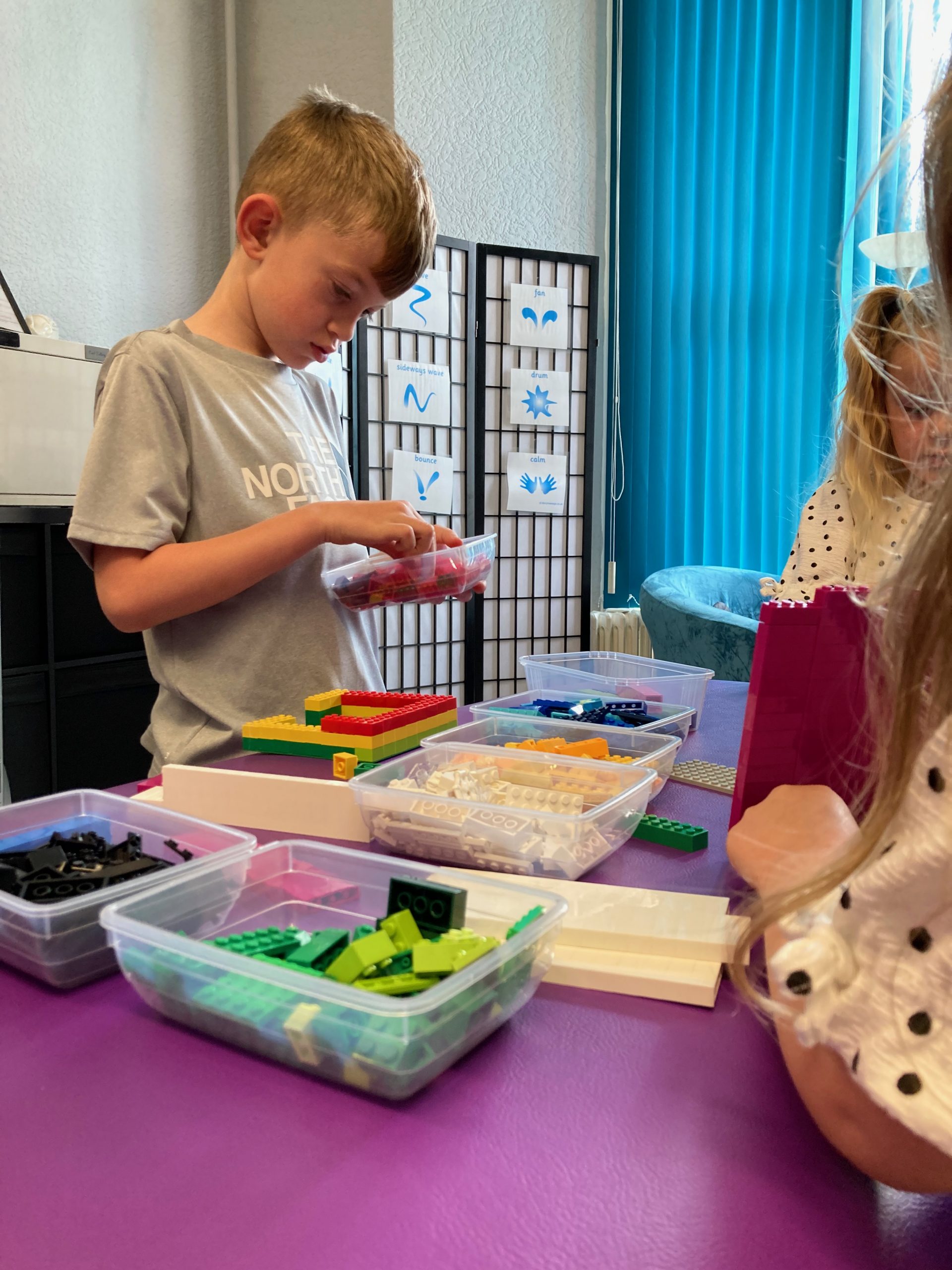
There are 4 stages in the lego build process, which are Build, Listen, Notice & Respond.
Build Stage – This stage is not only about the actual build of the lego structure but you are also looking to build safety and trust, create an environment that is positive and caring to get the participants to feel relaxed and calm and to get the the creative ideas flowing.
Listen Stage – This stage is where both the facilitator and the participants need to learn how to listen to each other and let each other be heard. Using open questions to help participants open up and let them talk and give them the time and space to do this.
Notice Stage – This stage is where the facilitator in particular needs to be watching the participants how they react to instructions and how they work well with others, are there any triggers that cause reactions between participants, and noticing how different participants communicate this can change over time when they start to feel they are in a safe and trusted environment they will hopefully open up more and be calmer.
Respond Stage – This stage is very important as this is where the facilitator can communicate with the participants to let they know they are being heard
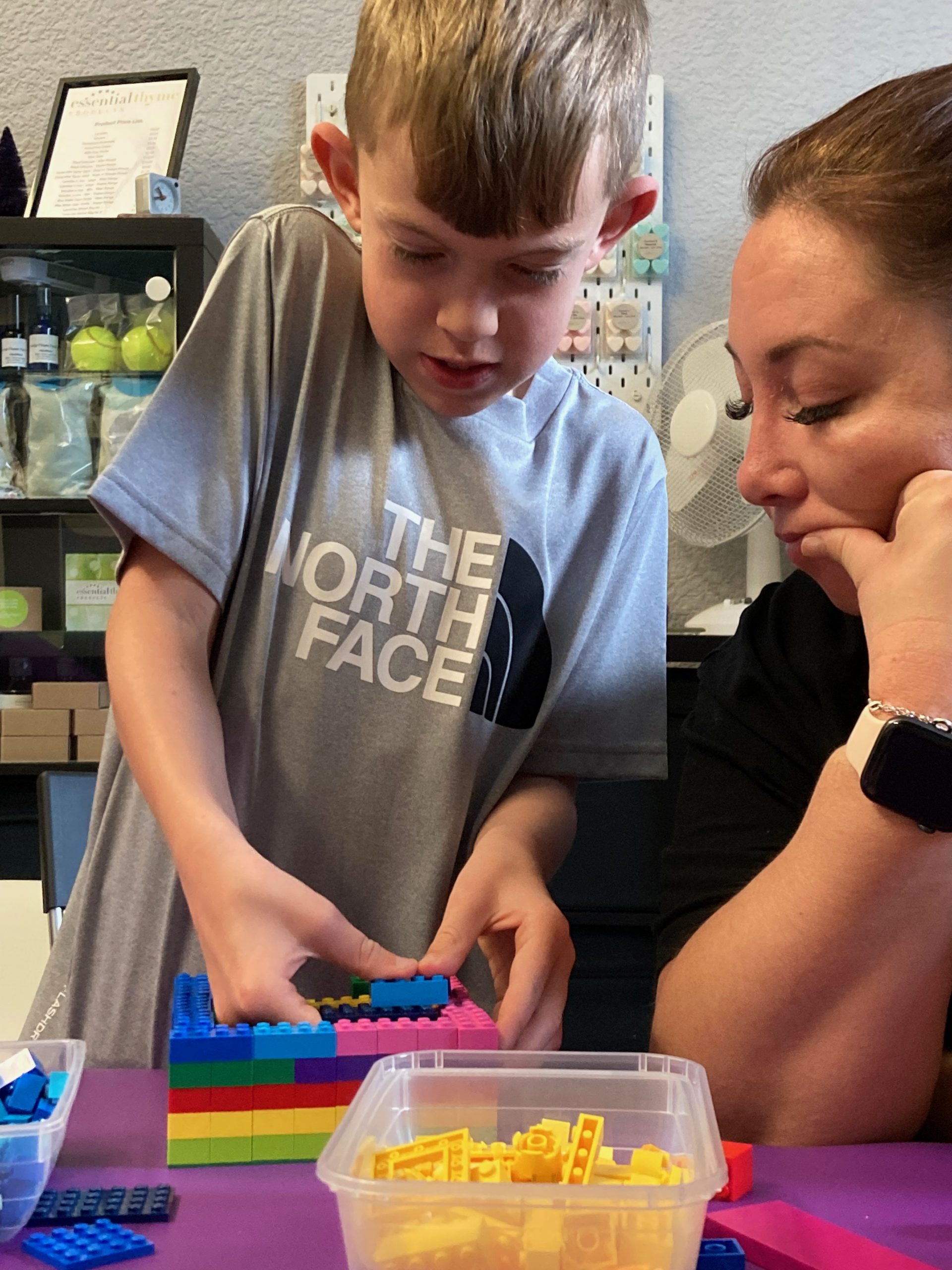
The overall therapeutic aims are:
- Create a sense of belonging and connection
- Reduce stress and generate greater calm and relaxation
- Improve ability to self-regulate and self-soothe
- Encourage empathy
- Strengthen trust in others
- Increase resilience and enhance self-esteem
- Support a more confident and optimistic outlook on life
- Brin about greater self-awareness
- Promote expression and improve social skills
- Develop self-reliance and person responsibility
An example of one of the activities that can take place within a play session is that of the kit building task. You have groups of 3 people and each person has a specific job/task to perform.
The roles are:
- Engineer – In this role the participants have the instructions for the build, they need to communicate with Supplier which brick is required at each stage of the build.
- Supplier – In this role the participant has all the bricks for the build and they have to listen to the Engineer to find what brick is required at each stage and pass the brick over to the Builder
- Builder – In this role the participant has the job to construct the bricks, they need to listen to the Engineer who will be giving them the instructions of how and where the bricks are placed once they have been passed on by the supplier.
The aim of this task is not to actually complete the build its a bonus if this happens but the focus is more on the communication, listening skills and team work. By using the Lego it is a way to distract everything around the participants apart from the actual task in hand which they can give their fully focus on.
Other tasks can be creating the biggest Lego tower in a certain time limit, or rolling a dice to see what they need to build and lots of other activities that can used all you need is your imagination.
If you are interested in finding out more about how Lego could help you, your children or even as a team building exercise for your team at work, please contact Sandra at Essential Thyme who will be happy to discuss creating workshops or training sessions.
Workshops / Team Building events:
- Play well to communicate
- Play well with team building
- Play well with Confidence building
